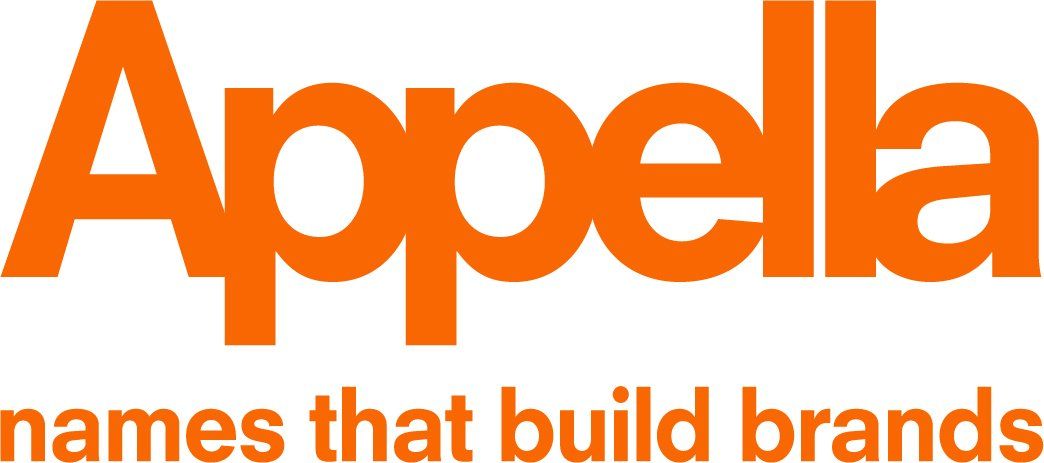WINNERS of the Specialist Branding Agency of the Year! Global Awards 2022/23. Read more.
Generic Trademarks
<h1> Hoovering, Googling, and How to Stay a Brand </h1>
Do you put a Band-Aid on a cut or a plaster? Do you say you’ve done the hoovering or the vacuuming? When you conduct an online search are you, in fact, Googling?
Sometimes, when a brand sells a product so well it becomes synonymous with that product. Along with this recognition, the brand’s product becomes so popular that it becomes a prototype among consumers for that item. Going a step further, this brand or product can actually become what is called a proprietary eponym. When this occurs, the brand name or product name is what consumers nearly exclusively use to talk about a single generic item.
Also known as a generic trademark, this phenomenon is a lot more common than you may think. It could occur due to a quality product becoming extra popular or because a brand has invented a certain product yet to be effectively challenged. One such popular name is Kleenex for a disposable facial tissue which entrenched itself through its 1930s marketing “Don’t carry a cold in your pocket!” Another such name is Velcro for the hook and loop fastener (although it’s simply just the company’s name). Despite common usage, each is still protected as a registered trademark.
You may think that these brands are lucky to get loads of extra attention, which they are, but are we taking these names for granted? How grateful are we to have found a generic trademark, Zipper, rather than having to say “Johnnie, close your hookless slide fastener!”? Or what about having to say “moving staircase” in place of escalator (because that generates a totally different mental image)?
Some brands lost trademark protection for their brand despite trying to retain it for as long as they could. Originally trademarking the name Tabloid, a blend of “tablet” and “alkaloid,” Burroughs Wellcome & Co deployed it to protect their innovative condensed pill product from less expensive imitations. Winning case after case for the trademark, the name Tabloid was soon synonymous with “quality” and used across the business for other Burroughs & Wellcome Co products. But, due to a finding in a case in 1903 where the judge ruled the name Tabloid had gained a secondary definition and the trademark was no longer exclusive to Burroughs & Wellcome Co. Today, we use the word “tabloid” for small format newspapers (those with condensed stories).
But, how do you stop your brand becoming a victim of its own generic success? Ultimately, it comes down to how others – the consumer and the media – use the name. That use can be shaped by the brand owner. Registering it as a trade mark is just one part of the jigsaw. To keep the brand seen as such, visualize it as a brand, capitalized and marked TM (or ® when it’s registered); avoid using it as a verb; and, for innovative products, nurture a generic descriptor to sit alongside it. That way, a great name can build your brand with less risk of simultaneous self-destruction.
To find out more about naming your brand, check out our website , find us on Facebook , and make sure to connect with us on LinkedIn.
-

“Choosing a good name is both a science and an art – Appella excels at both.”
Louise Doherty, CEO & Founder, PlanSnap -

“The speed and rigour of the Appella approach was matched by the creativity and flexibility of their staff!”
Girish Upadhyay, Tata Motors -

“I cannot speak too highly of Appella. They really were there for Wavelength. ”
Tim Leech, CEO, Wavelength
Get in touch
To find out more about how we can help, fill-in this form and we will get back to you ASAP:
Contact Us
We will get back to you as soon as possible
Please try again later
All Rights Reserved | Appella
